11.3M Views· 06 August 2024
The biggest drawing ever #zoom
Creating the biggest digital drawing ever is an ambitious and exciting project. Here are some key aspects to consider if you want to embark on this journey:
### Planning and Concept
1. **Theme and Purpose**: Decide on the theme or purpose of the drawing. It could be a collaborative artwork, a detailed landscape, a cityscape, a sci-fi scene, or an abstract piece. The purpose could be to break a record, raise awareness, or simply for artistic expression.
2. **Dimensions and Scale**: Determine the dimensions of the digital canvas. The resolution and scale should be exceptionally high to accommodate the level of detail you aim to achieve. Consider using a resolution that is several gigapixels in size.
### Tools and Software
1. **Software**: Use powerful digital art software that can handle large files and offers a wide range of tools, such as Adobe Photoshop, Corel Painter, or Krita.
2. **Hardware**: Invest in a high-performance computer with ample RAM, a powerful GPU, and sufficient storage to manage the massive file sizes.
3. **Graphics Tablet**: A high-quality graphics tablet or a digital pen display, such as those from Wacom or Huion, will provide precision and ease of use.
### Workflow and Techniques
1. **Layer Management**: Use layers effectively to manage different parts of the drawing. This will help in organizing the artwork and making adjustments easier.
2. **File Management**: Save your work frequently and maintain multiple backup copies. Consider using version control software to manage different stages of the project.
3. **Detailing and Zooming**: Work in sections, zooming in to add intricate details and then zooming out to ensure the overall composition is cohesive.
4. **Collaborative Tools**: If it’s a collaborative project, use tools like Google Drive, Dropbox, or specialized art collaboration platforms to share files and updates.
### Collaboration and Community Involvement
1. **Artists Collaboration**: Involve other artists from around the world to contribute to the project. This can add diversity and richness to the artwork.
2. **Community Participation**: Engage the community by allowing them to suggest elements, vote on themes, or even contribute small sections of the artwork.
### Promotion and Documentation
1. **Social Media**: Document the process on social media platforms like Instagram, Twitter, and YouTube. Share progress updates, time-lapse videos, and behind-the-scenes content.
2. **Livestreaming**: Consider live-streaming your drawing sessions on platforms like Twitch or YouTube to engage with your audience in real-time.
3. **Press and Media**: Reach out to art magazines, blogs, and news outlets to gain coverage for your project.
### Final Presentation
1. **Digital Platforms**: Display the final artwork on digital platforms like DeviantArt, ArtStation, and personal websites.
2. **Print**: Consider creating high-resolution prints or posters of the artwork. You might also explore options for displaying it in galleries or exhibitions.
3. **Interactive Display**: Create an interactive online platform where viewers can zoom in and explore different parts of the artwork in detail.
### Record Verification
1. **Guinness World Records**: If aiming for a world record, contact Guinness World Records or a similar organization to understand the criteria and process for record verification.
### Example Projects
1. **The Big Picture**: A collaborative project where multiple artists contribute to a single large canvas.
2. **Epic Landscape**: A detailed digital painting of a vast and intricate landscape.
3. **Cultural Mosaic**: A piece that incorporates elements from different cultures around the world.


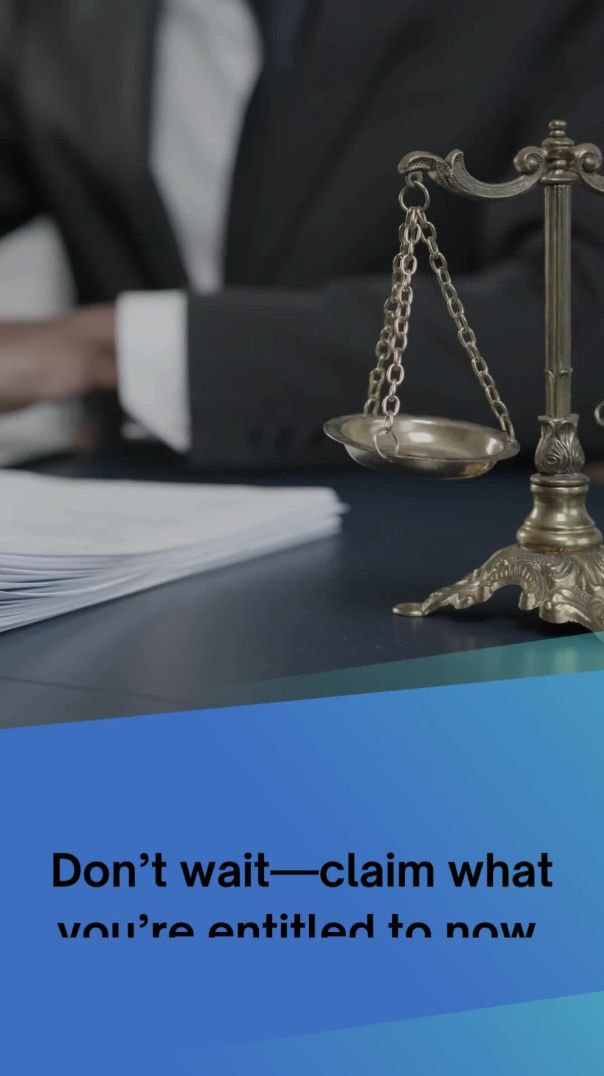
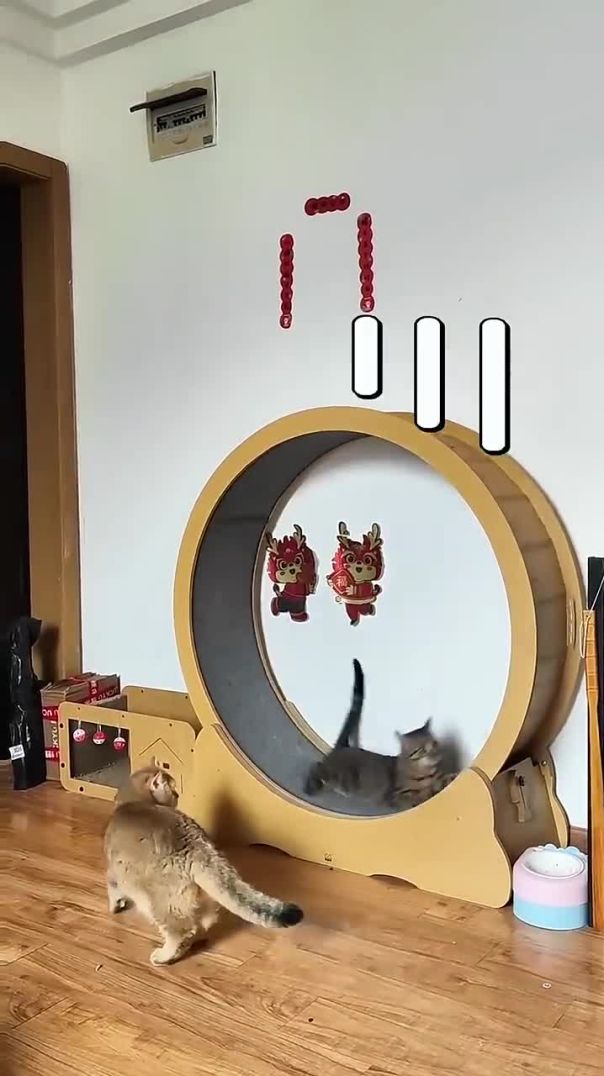
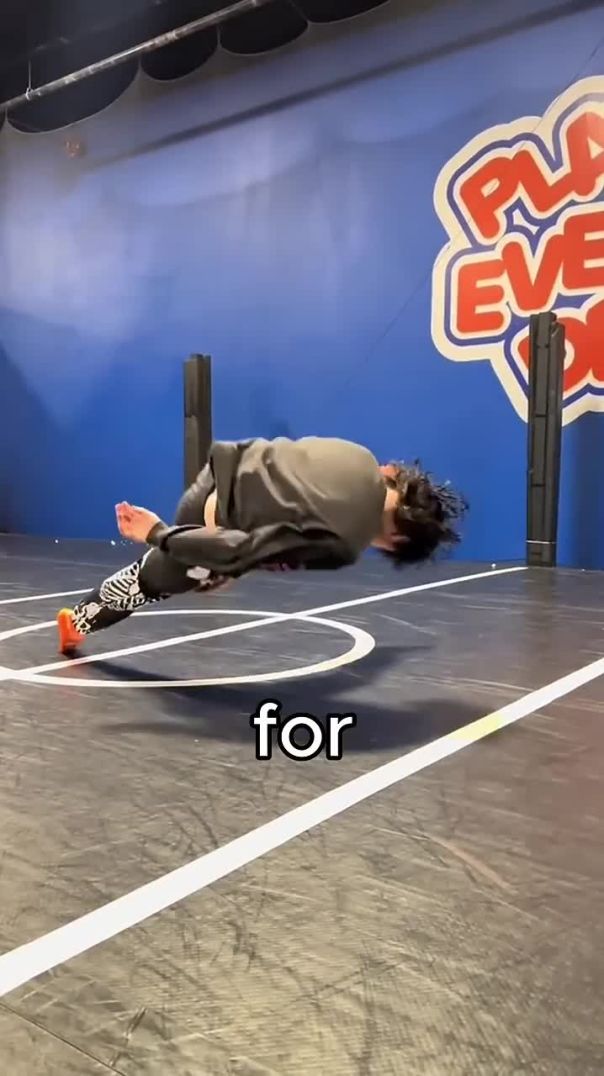
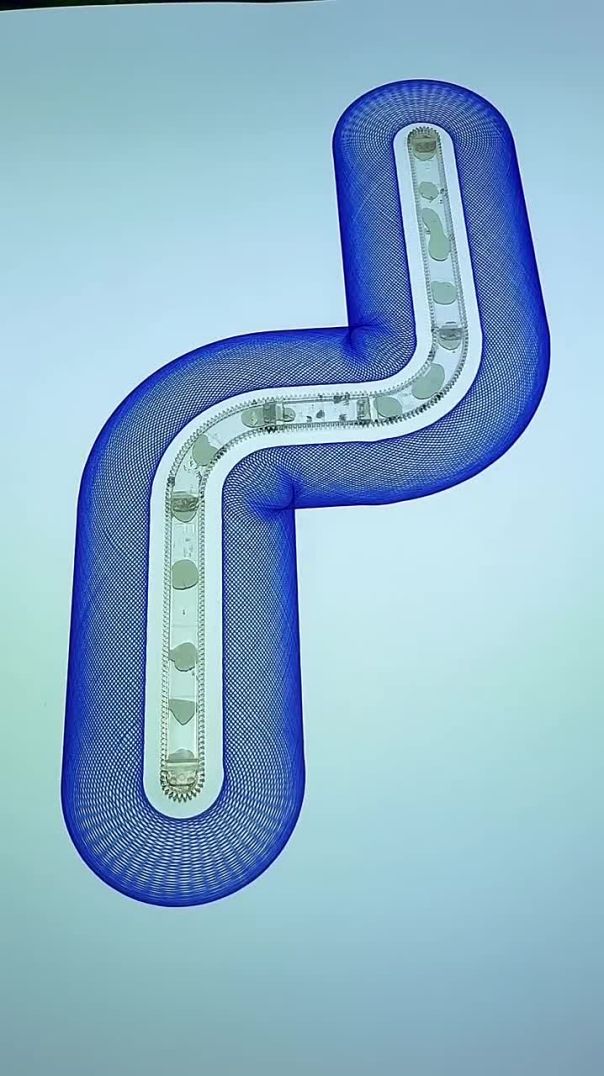
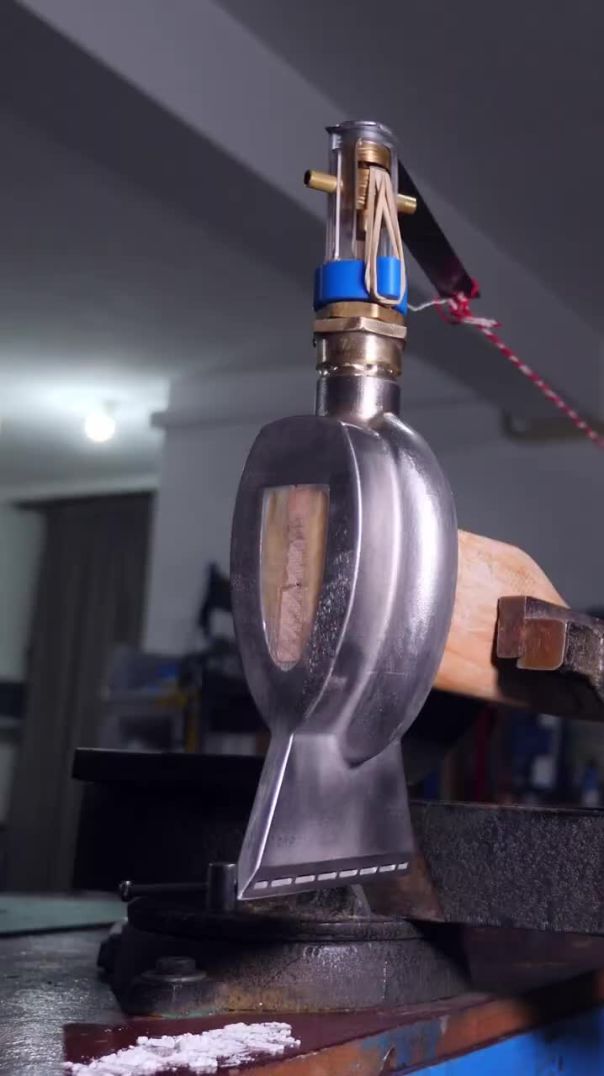
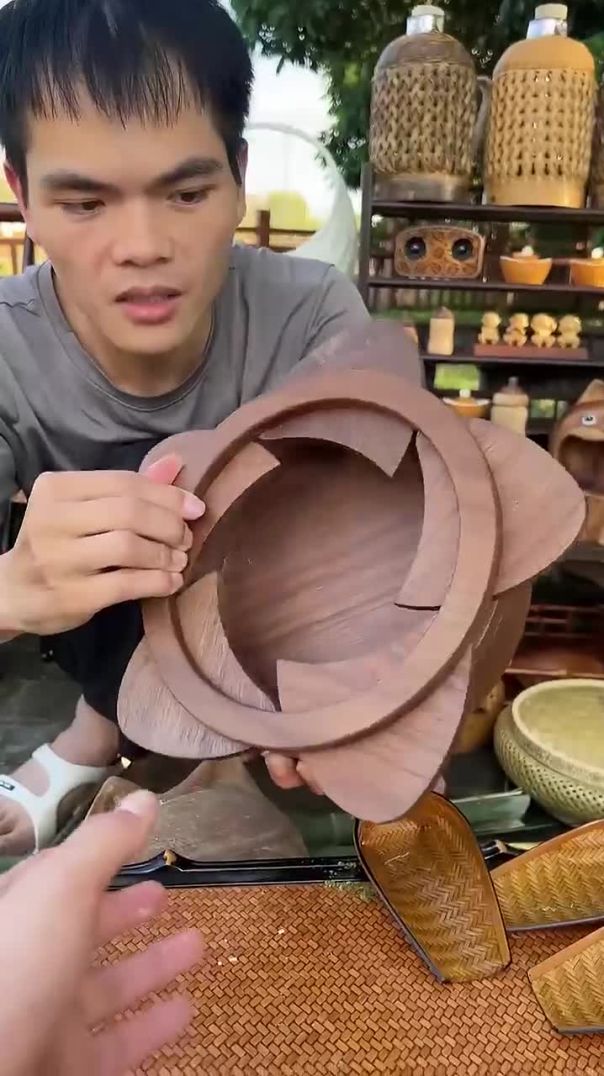










![[SOLD] Inside THE BIGGEST & MOST EXPENSIVE Mansion in the Southern Sunshine Coast | Buderim, QLD](https://i.ytimg.com/vi/rnyOVfTZS0g/maxresdefault.jpg)










1 Comments
MacArthur Locks & Doors
29 days ago